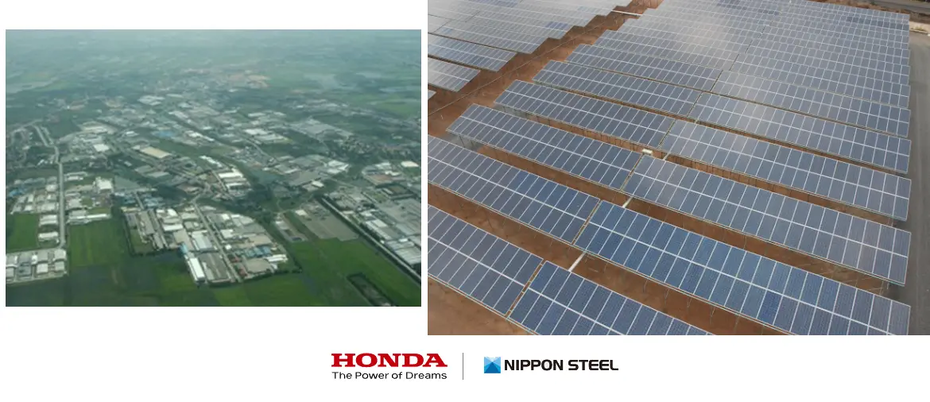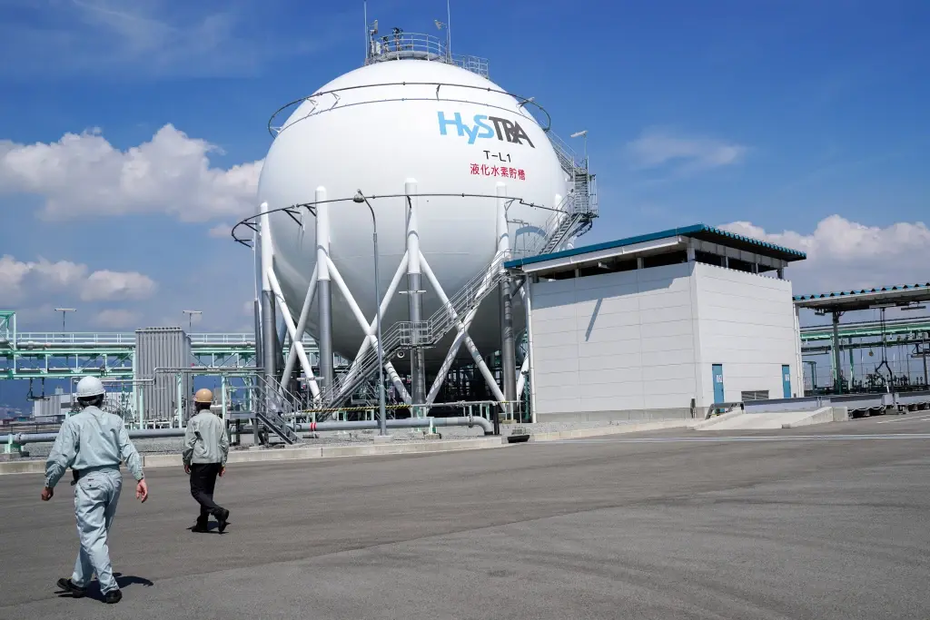Utrecht University suggests that underground hydrogen storage could be the solution to bottlenecks in the current energy transition and will simulate conditions in its lab.

Subsurface, porous, geological formations, such as saline aquifers and depleted oil and gas hydrocarbon reservoirs, provide substantial opportunities for storing large amounts of hydrogen.
It is explained by Dr. Suzanne Hangx, a geologist at Utrecht University, that in the High Pressure and Temperature Laboratory (HPT-lab), the team can simulate conditions for underground storage environments very accurately.
This will give the researchers an opportunity to investigate the mechanical behaviour in response to hydrogen injection-extraction in more detail.
It is argued that there is an urgent need for multidisciplinary research to address the challenges of safe and efficient hydrogen storage.
This is outlined in a study published in Energy & Environmental Science.
The study is the result of a collaboration between Hangx and scientists involved in the UK HyStorPor project and GEO*8, and the European Alliance for Earth Sciences, a consortium of leading European earth science research organisations including Utrecht University.
Dr. Suzanne Hangx said, “Utrecht University’s High Pressure and Temperature Laboratory is one of the few labs in the world with a wide variety of facilities that can simulate the conditions of the subsurface at several kilometres depth.
“This puts our research group in a unique position to investigate the mechanical impact caused by the pressure changes caused by temporary or seasonal hydrogen storage.”







